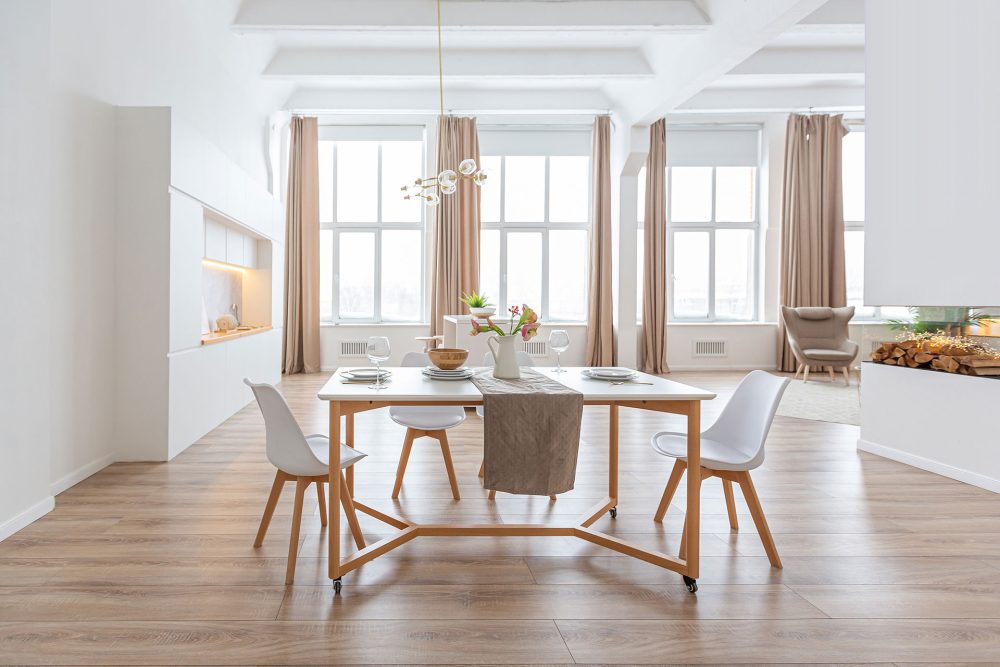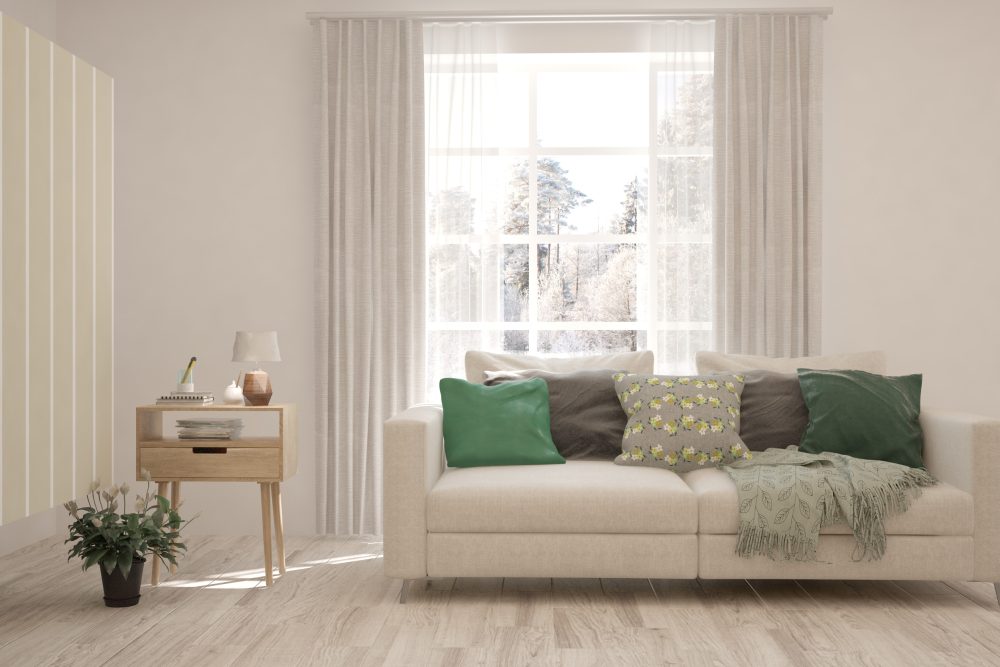RAPPORTO IN LINGUA INGLESE
Dicembre 2012,
I Ed. ,
178 pagine
Prezzo (licenza per singolo utente):
EUR 2000 / USD 2120
Contattateci per licenze corporate e multiuser
Lingua: English
Codice report: EU.23
Editore: CSIL
Status: available for online purchase and immediate download
Download
Indici dei contenuti
This market research aims to provide an overview of the Eco Building (or Green) activity in the European market.
Energy efficiency is today at the top of the European political agenda, as from the analysis of chapter one (Legal Framework). It is part of the triple goal of the ’20-20-20′ initiative adopted by the European Union in 2008, which aims to achieve by 2020 a saving of 20% in primary energy consumption, a reduction of 20% in greenhouse gas emissions and an increase of 20% in renewable resources of energy.
The CSIL multiclient report The European Market for Eco building products is the result of:
- analysis of the legislative frame network at the EU level (first chapter);
- analysis of the existing stock of available statistics on the building activity in Europe (most of it is reported in the second chapter of the Report);
- a number of simplified simulations of cost/benefit analyses for specific actions on energy saving, for residential and commercial buildings;
- desk research and field research (this last on the Italian market);data mining (turnover, employees, web address) for a wide number of industrial companies involved in Ecobuilding.
Countries covered from the statistical analysis (building and economic indicators): Austria, Belgium, Czech Republic, Denmark, Finland, France, Germany, Greece, Hungary, Ireland, Italy, Netherlands, Norway, Poland, Portugal, Romania, Slovakia, Spain, Sweden, United Kingdom.
Energy performance of buildings and building products are analyzed separately in chapters 3 and 4.
Energy performance of buildings takes in account opaque and transparent surfaces, electrical equipment, the building envelope. Two case studies are reported, based on two houses respectively in Berlin and Milan.
Energy performance of products is analyzed for lighting (fluorescence energy savings and LED lights), major white appliances, HVAC (heating ventilation and air conditioning) systems, production of domestic hot water, renewable energy resources, wooden houses, building automation, data centers.
The attached Excel spreadsheet is useful for the qualitative calculation of both the energy and the economic savings of the main actions that can be taken, making some assumptions. Two main categories of interventions were considered, which have different work sheets:
- Interventions to the building envelope: these actions involve raising the energy-efficiency of the opaque surfaces (walls) and the transparent ones (windows).
- Interventions to appliances: these actions involve raising the energy-efficiency of the electrical and thermal support systems present in the building.
Chapter 5 shows the last available turnover, employment, web address for over 1000 players in this field, according to different categories: architectural and engineering companies, builders and developers, manufacturer of prefabricated buildings, water management, photovoltaic systems, renewable energy, building automation, industrial controls. Among the companies for which at least one product is analyzed: Bayer, BSH, Dow Building Solutions, Glassolutions/Saint Gobain, Italcementi, Knauf, Komatsu, Philips Lighting, Rockwool, Schoeck, Velux, Vimar.
Abstract of Table of Contents
Methodology
1. The Legal Framework
Energy efficiency
Energy performance of buildings
– New buildings and existing buildings
White certificates
Measures for the energy-efficiency of products
- The main EU legislations regulating household appliances
Energy-efficiency of office equipment: The Energy Star Programme (EU – USA)
2. The European building stock
For Each country considered: Austria, Belgium, Czech Republic, Denmark, Finland, France, Germany, Greece, Hungary, Ireland, Italy, Netherlands, Norway, Poland, Portugal, Romania, Slovakia, Spain, Sweden, United Kingdom
- Economic and Building indicators, last available year
3. Energy performance of Buildings
Introduction
- List of fact sheets produced
- Key to interventions
- Spreadsheet for opaque and transparent surfaces
- Spreadsheet for electrical equipment
- Spreadsheet for electrical equipment (Energy Label)
Building Envelope, Energy Label and Appliance Excel Sheets
Opaque envelopes, Transparent envelopes, Regulation and distribution systems, Production of domestic hot water (DHW), Heat generation systems and refrigerating machines, Renewable energy resources
- Characteristics
- Types of intervention
- Case studies: cost/benefit analysis
- Some representative sector firms
4. Energy performance of Products
Introduction
- List of fact sheets produced
- Key to interventions
- Spreadsheet for opaque and transparent surfaces
- Spreadsheet for electrical appliances
- Spreadsheet for electrical appliances (Energy Label)
Lighting, Appliances: home & office, Heating ventilation air conditioning (HVAC), Data centre - Characteristics
- Types of intervention
- Case studies: cost/benefit analysis
- Some representative sector firms
Lighting - Europe. LED sales of top 50 companies, 2011
4.5 Wooden houses
4.6 Bathroom and wellness
4.7 Building automation
4.8 Associations, fairs, magazines and useful links
5. A selection of European companies related to the building sector. Latest turnover and employment figures
- architectural and engineering companies
- builders and developers of real estate
- prefabbricated building companies
- plumbing heating & air conditioning companies
- electrical installation companies
- water management companies
- photovoltaic system companies
- renewable energy companies
- building automation companies
- industrial controls companies
Annexes: Company addresses and Spreadsheets
This market research aims to provide an overview of the Eco Building (or Green) activity in the European market.
Energy efficiency is today at the top of the European political agenda, as from the analysis of chapter one (Legal Framework). It is part of the triple goal of the ’20-20-20′ initiative adopted by the European Union in 2008, which aims to achieve by 2020 a saving of 20% in primary energy consumption, a reduction of 20% in greenhouse gas emissions and an increase of 20% in renewable resources of energy.
The CSIL multiclient report The European Market for Eco building products is the result of:
- analysis of the legislative frame network at the EU level (first chapter);
- analysis of the existing stock of available statistics on the building activity in Europe (most of it is reported in the second chapter of the Report);
- a number of simplified simulations of cost/benefit analyses for specific actions on energy saving, for residential and commercial buildings;
- desk research and field research (this last on the Italian market);data mining (turnover, employees, web address) for a wide number of industrial companies involved in Ecobuilding.
Countries covered from the statistical analysis (building and economic indicators): Austria, Belgium, Czech Republic, Denmark, Finland, France, Germany, Greece, Hungary, Ireland, Italy, Netherlands, Norway, Poland, Portugal, Romania, Slovakia, Spain, Sweden, United Kingdom.
Energy performance of buildings and building products are analyzed separately in chapters 3 and 4.
Energy performance of buildings takes in account opaque and transparent surfaces, electrical equipment, the building envelope. Two case studies are reported, based on two houses respectively in Berlin and Milan.
Energy performance of products is analyzed for lighting (fluorescence energy savings and LED lights), major white appliances, HVAC (heating ventilation and air conditioning) systems, production of domestic hot water, renewable energy resources, wooden houses, building automation, data centers.
The attached Excel spreadsheet is useful for the qualitative calculation of both the energy and the economic savings of the main actions that can be taken, making some assumptions. Two main categories of interventions were considered, which have different work sheets:
- Interventions to the building envelope: these actions involve raising the energy-efficiency of the opaque surfaces (walls) and the transparent ones (windows).
- Interventions to appliances: these actions involve raising the energy-efficiency of the electrical and thermal support systems present in the building.
Chapter 5 shows the last available turnover, employment, web address for over 1000 players in this field, according to different categories: architectural and engineering companies, builders and developers, manufacturer of prefabricated buildings, water management, photovoltaic systems, renewable energy, building automation, industrial controls. Among the companies for which at least one product is analyzed: Bayer, BSH, Dow Building Solutions, Glassolutions/Saint Gobain, Italcementi, Knauf, Komatsu, Philips Lighting, Rockwool, Schoeck, Velux, Vimar.
Abstract of Table of Contents
Methodology
1. The Legal Framework
Energy efficiency
Energy performance of buildings
– New buildings and existing buildings
White certificates
Measures for the energy-efficiency of products
- The main EU legislations regulating household appliances
Energy-efficiency of office equipment: The Energy Star Programme (EU – USA)
2. The European building stock
For Each country considered: Austria, Belgium, Czech Republic, Denmark, Finland, France, Germany, Greece, Hungary, Ireland, Italy, Netherlands, Norway, Poland, Portugal, Romania, Slovakia, Spain, Sweden, United Kingdom
- Economic and Building indicators, last available year
3. Energy performance of Buildings
Introduction
- List of fact sheets produced
- Key to interventions
- Spreadsheet for opaque and transparent surfaces
- Spreadsheet for electrical equipment
- Spreadsheet for electrical equipment (Energy Label)
Building Envelope, Energy Label and Appliance Excel Sheets
Opaque envelopes, Transparent envelopes, Regulation and distribution systems, Production of domestic hot water (DHW), Heat generation systems and refrigerating machines, Renewable energy resources
- Characteristics
- Types of intervention
- Case studies: cost/benefit analysis
- Some representative sector firms
4. Energy performance of Products
Introduction
- List of fact sheets produced
- Key to interventions
- Spreadsheet for opaque and transparent surfaces
- Spreadsheet for electrical appliances
- Spreadsheet for electrical appliances (Energy Label)
Lighting, Appliances: home & office, Heating ventilation air conditioning (HVAC), Data centre - Characteristics
- Types of intervention
- Case studies: cost/benefit analysis
- Some representative sector firms
Lighting - Europe. LED sales of top 50 companies, 2011
4.5 Wooden houses
4.6 Bathroom and wellness
4.7 Building automation
4.8 Associations, fairs, magazines and useful links
5. A selection of European companies related to the building sector. Latest turnover and employment figures
- architectural and engineering companies
- builders and developers of real estate
- prefabbricated building companies
- plumbing heating & air conditioning companies
- electrical installation companies
- water management companies
- photovoltaic system companies
- renewable energy companies
- building automation companies
- industrial controls companies
Annexes: Company addresses and Spreadsheets
RAPPORTI CORRELATI
World market for professional appliances
Novembre 2020,
II Ed. ,
190 pagine
Il mercato mondiale degli elettrodomestici professionali
Questo rapporto fornisce informazioni sul mercato mondiale degli elettrodomestici professionali, tra cui: Apparecchiature per la ristorazione, tra questi: apparecchi per la refrigerazione, il lavaggio delle stoviglie e la cottura; Lavatrici (lavanderia); Aria condizionata; Distributori automatici.

